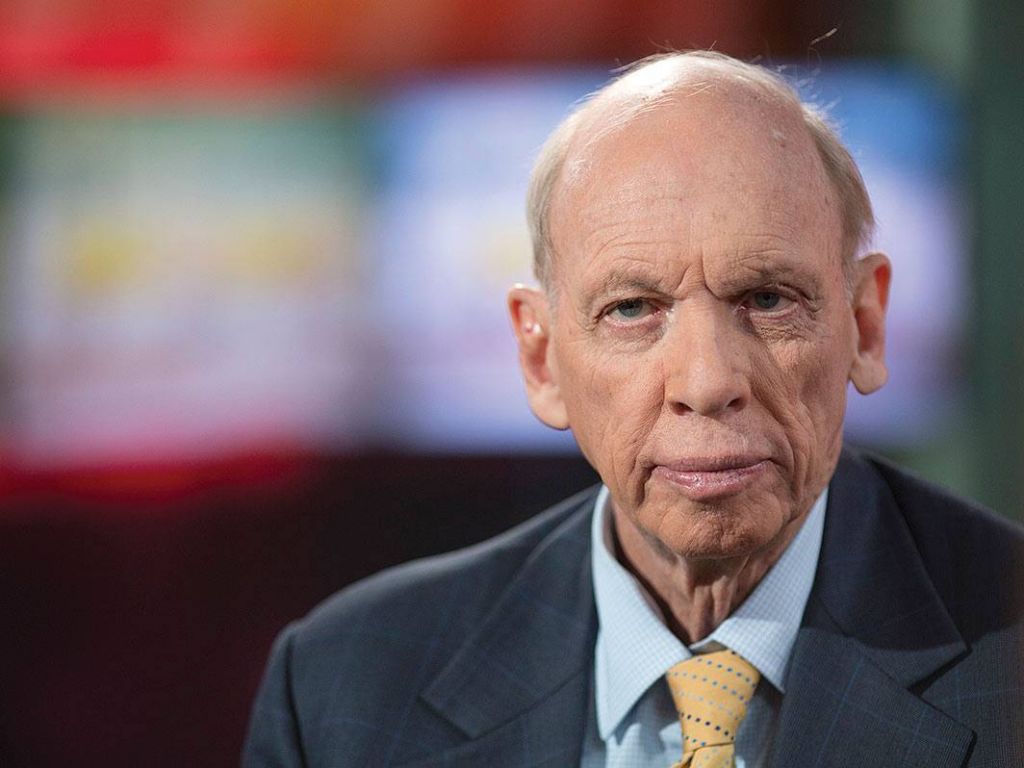by Sandy Liang, CFA, Portfolio Manager, Redwood Asset Management
Interest rates are on the rise. That is fact. In the past 12 months, the Bank of Canada has raised the overnight lending rate it charges banks three times, from 0.50% to 1.25%.
As an indirect result, mortgage rates are also on the rise. The posted five-year rate is 5.1% in Canada, up from 4.6% in early 2015, according to the Bank of Canada. For the first time since the early 1990s, Canadians who are renewing their mortgages are beginning to see higher monthly payments (source: Grant’s Interest Rate Observer).
In the U.S., short-term rates have also been on the rise. Since December 2015, the U.S. federal funds rate has been increased five times, from 0.25% to the current 1.50%. We think it is reasonable to believe that the U.S. Federal Reserve will increase rates another two or three times in 2018 alone.
Longer term interest rates are on the rise too. For example, the 10-year Government of Canada bond yield bottomed in mid-2016 at under 1% but has recently risen to the 2.4% level. South of the border, the 10-year U.S. Treasury yield started this year at 2.4% and was recently 2.9%, a move of half a percent in less than two months. (The U.S. rate is up from a low of 1.4% in mid-2016.)
How did we get here?
Since the Great Recession that followed the Credit Crisis in 2008, the most influential central banks in the world – the U.S. Federal Reserve Bank (the Fed), the European Central Bank (ECB), and the Bank of Japan (BoJ) – have been engaged in something called Quantitative Easing (QE). In order to stimulate economic growth and inflation, they have been buying government bonds and other types of bonds from investors. This in turn has increased the world’s money supply. At the same time, it has also driven down long-term interest rates by making these bonds more expensive. Remember that bond yields move in the opposite direction of bond prices.
Most recently, the central banks have been spending as much as US$150 billion a month buying bonds from investors. The Fed started its QE program early on in response to the Credit Crisis. However, in mid-2015 the ECB got involved in response to the Eurozone debt crisis. Meanwhile, the BoJ has accelerated its QE program since 2015 to drive its bond yields lower.

The amount of QE that has come from Europe and Japan has far outstripped the amount coming from the U.S. (see chart to left). The result is that collectively, they were successful in driving interest rates lower, to the point that as much as a third of the world’s government debt had NEGATIVE interest rates in 2016. Think about how ridiculous that is – negative interest rates.
Rates are STILL negative in some European countries, especially for short-term debt. The world’s central banks basically made money so plentiful that in 2016 and 2017, the world experienced the lowest interest rates in the HISTORY OF MANKIND.
It’s no wonder that bond, stock and real estate asset prices rose. Their values are indirectly tied to interest rates. In addition, because of “easy money” policies, many other perceived stores of value have gone up in value at the same time, including fine art, collectible cars and crypto-currencies such as bitcoin.
Where are interest rates headed?
While the world’s central banks successfully drove interest rates lower, this period of “easy money” is now coming to an end. Interest rates around the world are now rising as economic growth and inflation rates begin to normalize. In fact, the Fed is reversing its support of the bond market, by shrinking its balance sheet and giving bonds back to the market.
In Europe, the ECB has committed to reducing its QE program in late-2018. In Japan, the BOJ has quietly been reducing its open market bond purchases. As a direct result of the beginning of the end of global QE, interest rates are already going up. This is most obvious in the U.S., with the 0.50% year-to-date increase in the 10-year Treasury bond yield alone.
Why is this period coming to an end? Because the central banks are on the verge of saying “mission accomplished”. That is a good thing, because it means the world’s economies have recovered.
In the U.S., the economy is at full employment. The number of people making first-time unemployment claims is the lowest it has been since the early 1970s, when there were a third less people. In Europe, economic growth in 2017 was actually faster than it was in the U.S. in the same period, and the fastest it has been since before the Credit Crisis. Last month, the New York Times reported a story with the headline, Every One of the World’s Big Economies Is Now Growing, proclaiming that “every major economy on earth is expanding at once, a synchronous wave of growth that is creating jobs, lifting fortunes and tempering fears of popular discontent.”
As a result of this synchronized global expansion, this business cycle is on firm footing. Corporate earnings are growing – especially in the U.S., where there is now the benefit of lower corporate tax rates – and less companies are going out of business. This is a favourable environment for lending money to corporations, because they are more likely to pay you back, with interest.
How to navigate a rising interest rate environment
First and foremost, try and minimize interest rate risk in your portfolio. Interest rate risk, or the risk of bond investments going down in value from a change in rates, is more worrisome right now than credit risk, or the risk that a company won’t be able to pay you back.
For example, if the 10-year yield goes up another 1% in the next year, then a simple Government of Canada 10-year bond will lose you 5% of your investment value even after the interest you receive. Of course, we are not concerned that the Government of Canada will not pay you back. However, your 2027 bond that only pays a 1% coupon rate today will be worth even less money in a year.

We would much rather lend money to corporations today for a shorter period of time than lend to the government for a long period of time. In fact, we think that because of the synchronized global expansion, corporate credit quality will continue to improve. So, it’s better to take credit risk than interest rate risk. In the history of the high yield corporate debt market, it has always outperformed its more interest-rate-sensitive counterparts in periods of rising rates (see table at right).
A great example of this is the Taper Tantrum of 2013. The beginning of the wind-down of QE in the U.S. at that time prompted an interest rate scare. In that calendar year, long-term Treasuries in the U.S. (maturities of 20+ years) lost investors 13%. Mid-term Treasuries (maturities of 7-10 years), meanwhile, lost investors 6%. The U.S. high yield corporate debt market, on the other hand, returned a positive 6% in the same period of time (source: Bloomberg, using ETFs TLT, IEF and HYG).
Over time, corporate bonds have less risk than stocks because as lenders, the bondholders are entitled to get paid before holders of stock. In our income funds, we are focused on taking less interest rate risk, in favour of credit risk, to produce returns for investors. By acting as a lender to companies, our funds benefit from the overall improvement in corporate credit quality and increasing earnings, as the business cycle is in a period of synchronized global growth.
The result is our investment funds benefit directly from stronger corporate credit quality and higher inflation and interest rates over time.
We understand that this period of rising rates is a new world for most investors. With our experience through past business cycles we are here to help navigate this period.
Find out more about our fixed income strategies:
Redwood Credit Opportunities Fund
Disclaimer:
Certain statements in this document are forward-looking. Forward-looking statements (“FLS”) are statements that are predictive in nature, depend on or refer to future events or conditions, or that include words such as “may,” “will,” “should,” “could,” “expect,” “anticipate,” intend,” “plan,” “believe,” “estimate” or other similar expressions. Statements that look forward in time or include anything other than historical information are subject to risks and uncertainties, and actual results, actions or events could differ materially from those set forth in the FLS. FLS are not guarantees of future performance and are by their nature based on numerous assumptions. Although the FLS contained in this document are based upon what Purpose Investments and the portfolio manager believe to be reasonable assumptions, Purpose Investments and the portfolio manager cannot assure that actual results will be consistent with these FLS. The reader is cautioned to consider the FLS carefully and not to place undue reliance on the FLS. Unless required by applicable law, it is not undertaken, and specifically disclaimed, that there is any intention or obligation to update or revise FLS, whether as a result of new information, future events or otherwise.
Copyright © Redwood Asset Management














